🔬 1P-LSD – Research-Grade Lysergamide for Scientific Use Only
1P-LSD (1-Propionyl-D-lysergic acid diethylamide) is a psychedelic research chemical belonging to the lysergamide family, closely related to LSD-25. It features a propionyl group attached to the indole nitrogen of the LSD molecule, making it a prodrug that may metabolize into LSD in biological systems—though its effects and pharmacology may differ slightly.
1P-LSD is widely used in laboratory research to study serotonergic pathways, 5-HT2A receptor activity, and psychedelic pharmacodynamics. It is popular among researchers due to its chemical stability, legal grey area in certain jurisdictions, and its ability to serve as a functional analogue to LSD for non-human trials and forensic analysis.
Available in blotter, pellet, or powder form, 1P-LSD is intended strictly for analytical and forensic research purposes only. It is not approved for human consumption and should be handled with appropriate laboratory safety protocols.
⚠️ Legal & Safety Disclaimer:
1P-LSD is sold strictly for research purposes and is not intended for human or veterinary use. Always consult local laws before purchase, as the legal status of 1P-LSD may vary by country or region. Handle in controlled environments using appropriate safety equipment.
📈 SEO Keywords:
-
1P-LSD research chemical
-
Buy 1P-LSD for lab use
-
Lysergamide compound for research
-
Legal LSD analogue 2025
-
Psychedelic research chemicals
-
5-HT2A receptor study compounds
-
Analytical grade 1P-LSD
-
Forensic psychedelic chemical
Would you like this rewritten for a B2B lab supplier site, a compliance-focused page, or in a fact sheet format? Let me know your audience or platform needs.

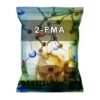





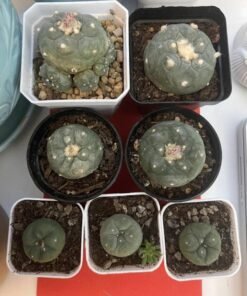
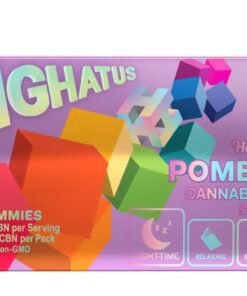
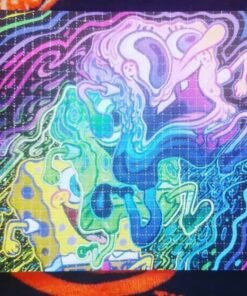
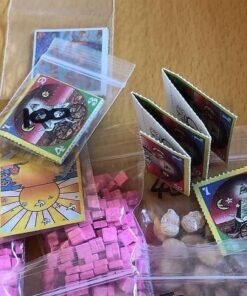


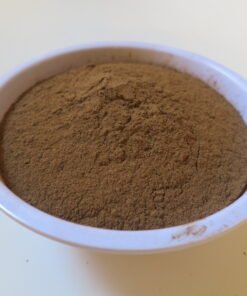
Winnyfred malerine –
Thanks sir you are trusted and reliable I promise to shop again after package you are so fast and quick on delivery